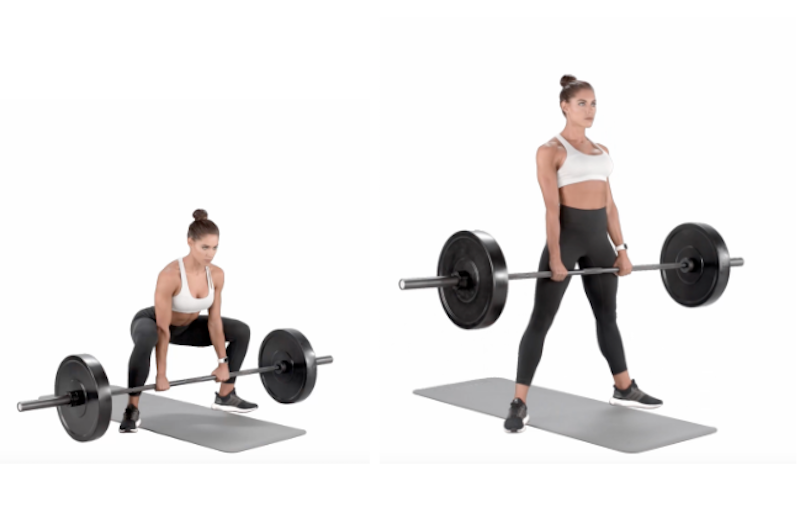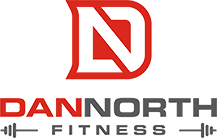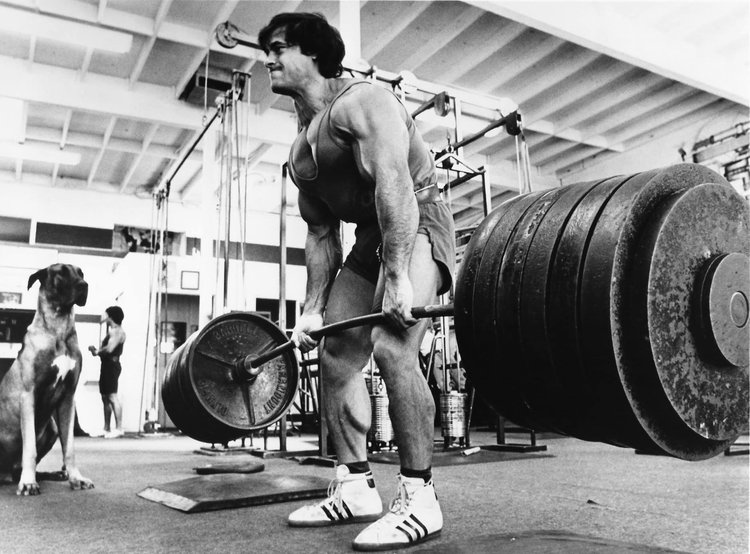
All Deadlift Types and Which One You Should Be Doing
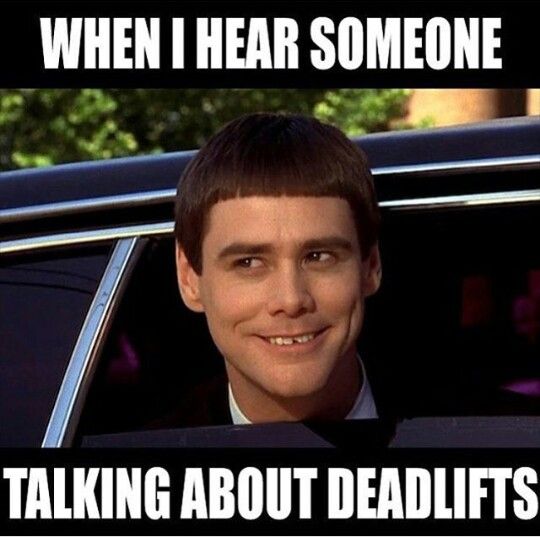
Before we get started, here are some things you should know…
- Not everyone can or should be deadlifting. This is probably the most demanding lift you can do in the gym, and it demands your respect. Before you even think about deadlifting, you need to have the ability to get into a good starting position. In other words, you need a certain level of mobility. If you can’t get in an optimal deadlift position, you have no business trying to deadlift with a barbell. And that’s fine. There are tons of ways you can break it down into scaled versions, and still retain some of the benefits of the deadlift before working your way up to the barbell. We’ll go over some of the ways you can break the deadlift down into smaller steps to help you or your client performed deadlift patterns in a safer manner given the current level of mobility.
- No more than 1-6 reps per set. The deadlift is a strength development exercise, meaning the purpose of performing it is to get stronger. You don’t get stronger performing 20 reps of the deadlift, trying to turn it into a conditioning exercise. With that being said, there are variations of the deadlift that can be used as a hypertrophy-focused (muscle building) exercise; such as the RDL and single leg RDL variations. The main purpose of these movements is to develop the muscles used in the deadlift (hamstrings, lower back, glutes). Perform these variations for 6-10 reps.
- Once per week is usually enough. You don’t need more than that; it’ll actually put a toll on your body and nervous system if you do. For most people, deadlifting once per week is all you need. Occasionally, powerlifters and strength athletes will perform deadlift variations more frequently (up to 2-3 times per week), but these are special cases. If you want to seriously get stronger and better at deadlifting, do it heavy once a week and spend the other days developing the supportive muscle groups.
- Rest 2-4 min in between sets. Deadlifting is taxing on the body and nervous system, you need to be able to recover between sets if you want to lift heavy enough to get any return from the lift. If you perform 5 reps and after about a min rest you feel like you can go again, you’re not going heavy enough. Not even close. To get stronger, you need to work with a weight that is both challenging and manageable. Something that makes you work to complete it, but doesn’t make you fail. And you should feel like you need at least 2 min rest before your next set.
- Don’t go to failure. You get stronger by completing reps, not failing them. Especially with a movement as demanding as the deadlift. With a lift that is taxing (especially on the spine if done incorrectly), there is absolutely no point in going to failure. You’re going to drain your energy and your form will go to absolute shit, putting your spine in a terrible position.
- There are tons of ways you can deadlift. As mentioned earlier, there are a lot of variations of the deadlift you can perform.
Different Types of Deadlifts
Before we get into the different types of deadlifts, just know, there is no “best” one. The “best” variation for you to use is the one that makes the most sense given your program, health history, athletic ability, and fitness goals.
The Fantastic Four
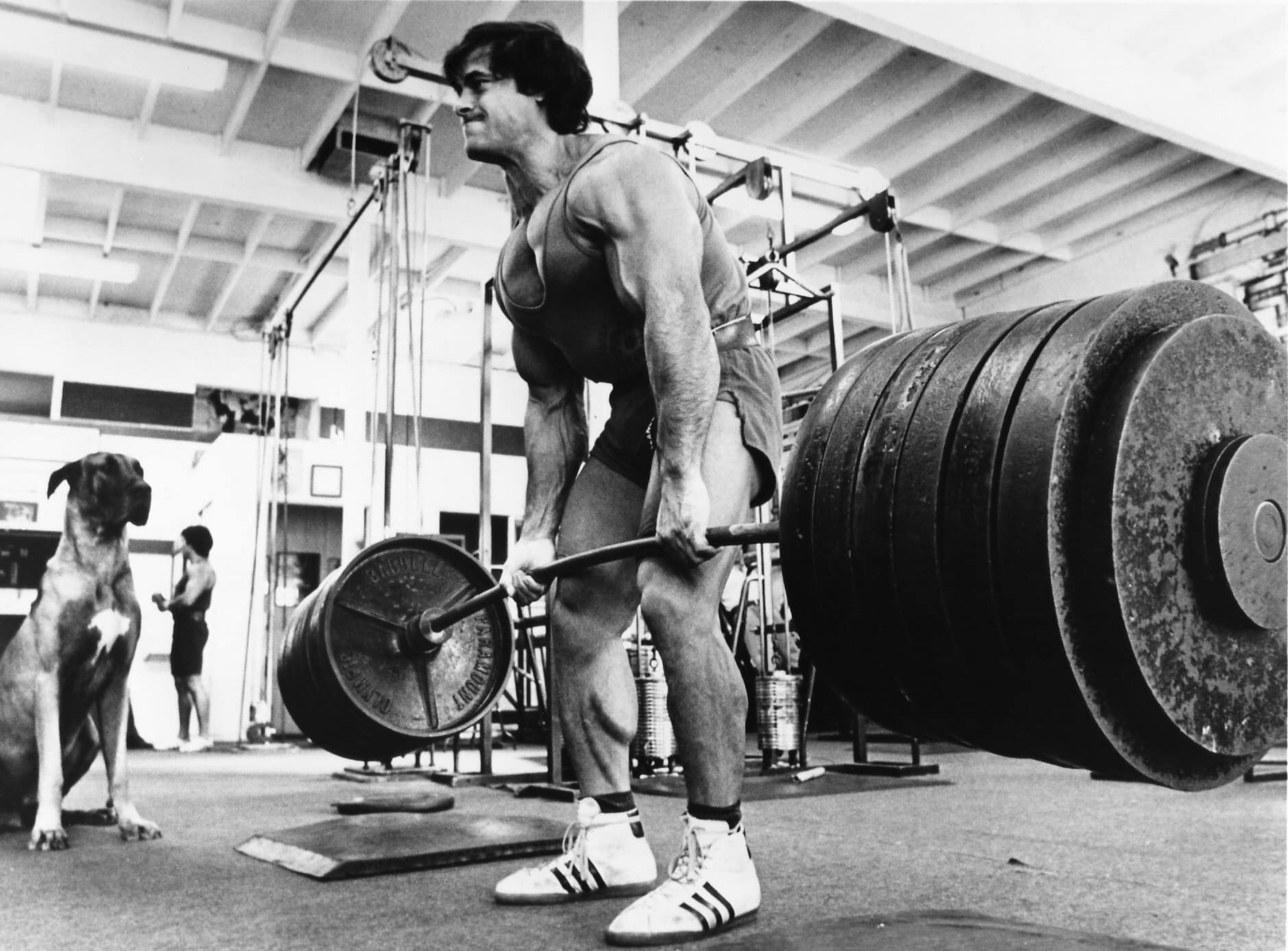
CONVENTIONAL DEADLIFT
This is the one you probably think of when you picture deadlifts in your head.
Key points:
• Major benefit: Strength gains
• Secondary benefit: Muscle development
• Muscles: Lower back-dominant
• Difficulty: Intermediate
The set up:
• Feet hip-width apart, pointed straight. Pro tip: Jump up as high as you can and watch where your feet land. That’s roughly how far apart they should be during conventional deadlifts.
• Mid-foot underneath the bar.
• Hips back and hinge forward at the torso, keeping a utral position in the spine.
• Grip the bar at shoulder-width.
• Engage the lats and upper back muscles by pulling back on the bar so it is snug against the plates (this is called “taking the slack out of the bar”).
• Take a big air in to engage the core and maintain tension (breathe in through the stomach, hold your breath, and tuck your belly button back toward your spine).
• Push through the floor with your feet and as you bring the bar up, keep it close to your body.
• Once the bar reaches your knees, or slightly above, start to pull the bar into your hips while pushing your hips through to full extension.
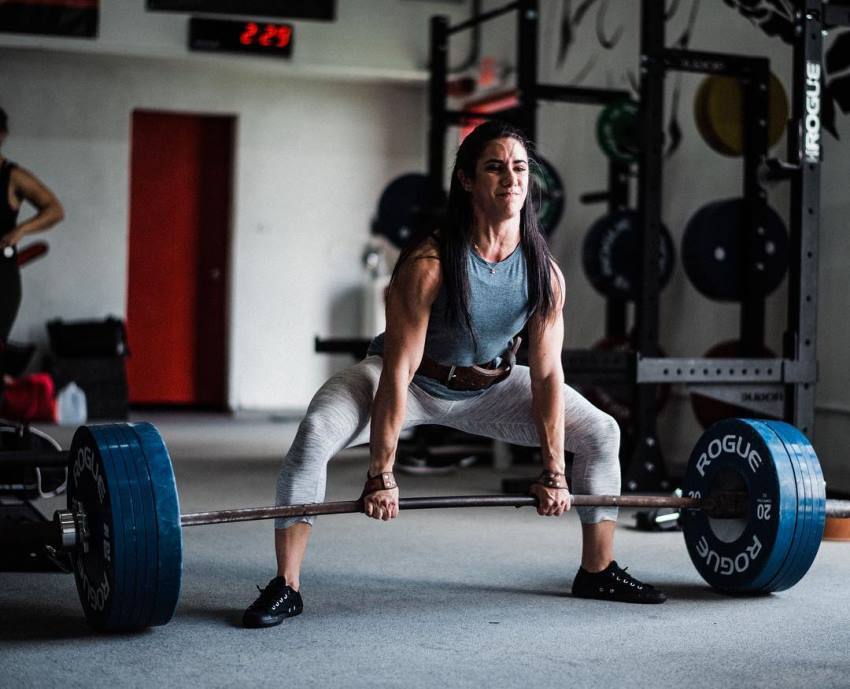
SUMO DEADLIFT
If you see someone with massive quads, they probably sumo deadlift.
Key points:
• Major benefit: Strength gains
• Secondary benefit: Muscle development
• Muscles: Quad-dominant
• Difficulty: Intermediate
The set up:
• Your feet are going to be much wider than the conventional set up, hence the name “sumo” deadlift. How wide? Have them outside shoulder-width, angled out slightly. You want a wide enough stance so when you go down into your set up, your shins are basically vertical to the ceiling (perpendicular to the floor, pointed straight up).
• Mid-foot directly underneath the bar.
• Hips back and squat down into your starting position with your hands inside your legs at about shoulder width.
• Pull the slack out of the bar (remember?) to engage the lats and upper back muscles.
• Big air in to engage the core.
• Push through the floor with your feet and “squat” the bar off the floor.
• Once the bar reaches your knees, push your hips through to full extension.
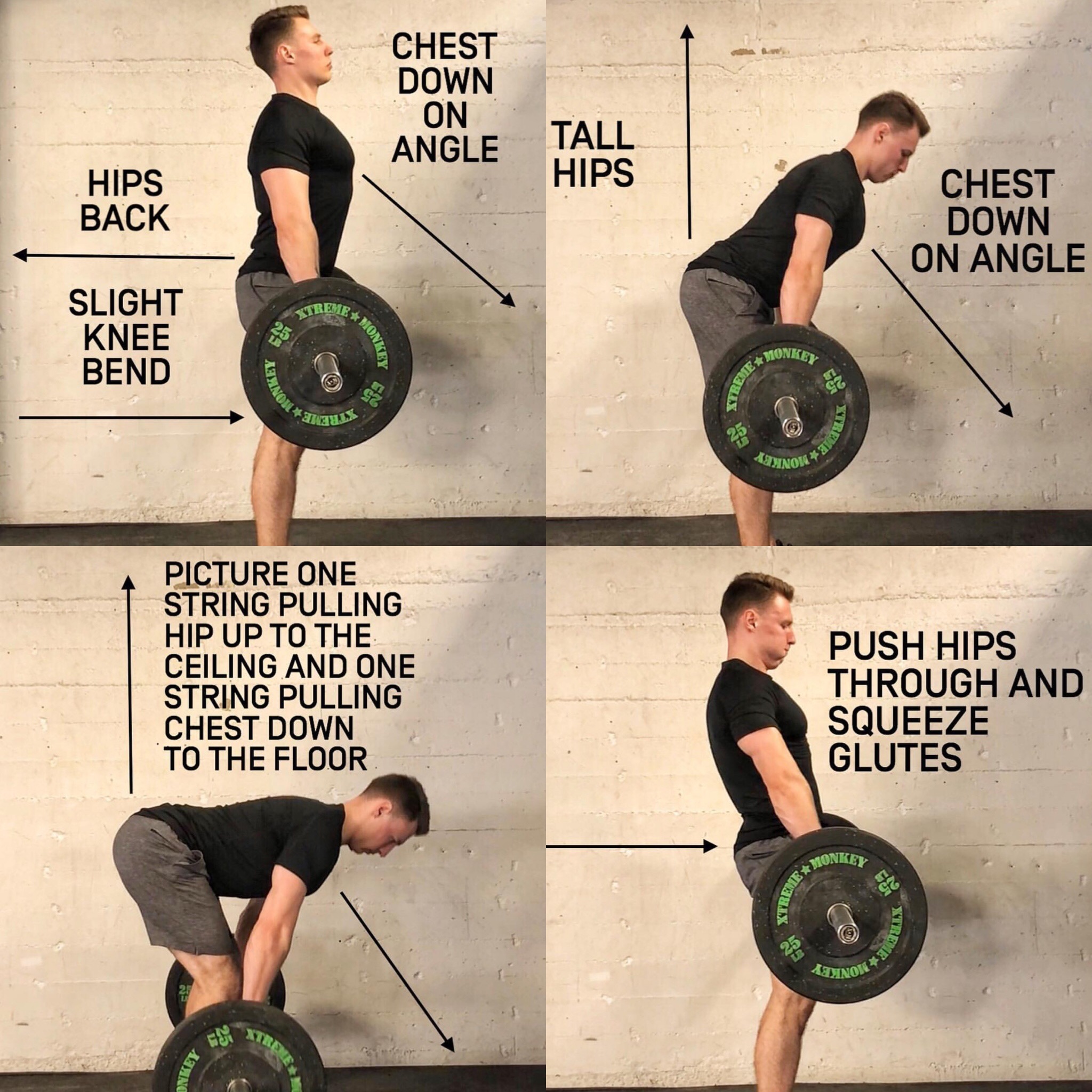
ROMANIAN DEADLIFT
Key points:
• Major benefit: Corrective/postural improvement
• Secondary benefit: Muscle development
• Muscles: Hamstring and lower back-dominant
• Difficulty: Intermediate
The set up:
• Pick up the bar as you would a conventional deadlift (refer to the conventional set up above).
• Once you are standing with the bar, “break” at the knees, bending them slightly.
• Push your hips back and hinge forward at the torso, keeping a neutral position in the spine.
• “Graze” the bar along your legs, keeping it close to your body throughout the entire range of motion.
• Your legs are only slightly bent during the RDL to keep tension in the hamstrings and lower back; as opposed to “squatting” down with the bar like a conventional deadlift.
• Once your torso is about parallel with the floor, “squeeze” your glutes and pull the bar into the body, keeping your lats and upper back muscles engaged.
• Push your hips through to full extension.
Pro Tip: Imagine you have a string that is pulling your hips up to the ceiling. This will keep your hips in a tall position and eliminate you from dropping your butt too low and turning it into a conventional deadlift. Imagine you have another string attached to your chest that is pulling you down on an angle towards the floor. This will help reiterate proper hip hinging mechanics and a forward torso lean.
Pro Tip 2: When you’re bowing over during the RDL, shift your weight forward on your feet to feel more recruitment in the hamstrings. Shift your weight back on your heels to feel more recruitment in the glutes.
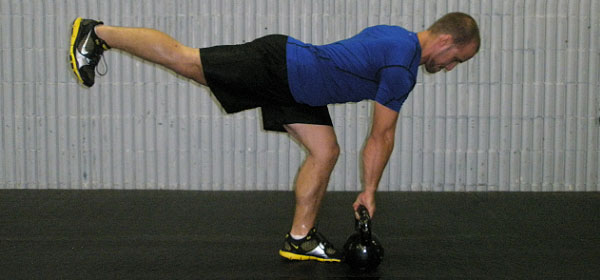
SINGLE LEG RDL
Key points:
• Major benefit: Muscle development
• Secondary benefit: Balance/coordination
• Muscles: Hamstring and lower back-dominant
• Difficulty: Advanced
The set up (using kettlebells):
• Hold a kettlebell in each hand.
• Draw your shoulders back and down to engage the lats and upper back muscles.
• Initiate the movement by bringing your back foot towards the wall behind you. Naturally, this is going to cause you to hinge forward at the hip.
• Have a slight bend in the leg you’re balancing on throughout the entire range of motion.
• Draw your back heel up to the ceiling as you hinge forward, keeping a neutral position in the spine.
• Reach towards either side of your ankle with both hands in order to keep a straight path (don’t reach forward away from your body, this will offset your balance and put too much stress on the spine).
• Stay heavy on the foot you’re balancing on and come back up to full extension.
Other Single Leg RDL Variations
Other Deadlift Variations
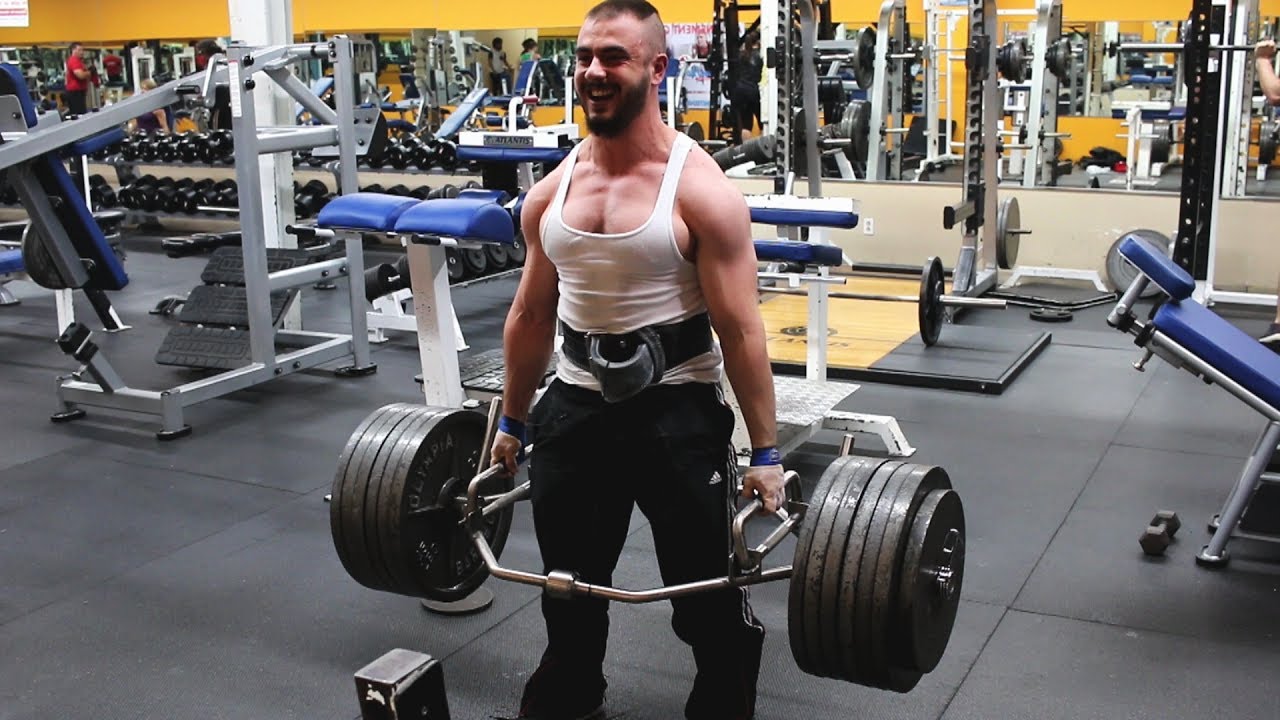
TRAP BAR DEADLIFT
This is, in my opinion, the best bang for your back when it comes to deadlifts. It is easy to learn, safe to perform, and will get you strong af. Since the weight is distributed evenly in the center of the body, there is much less wear and tear on the back and you’re able to use your legs more effectively to lift the weight.
Key points:
• Major benefit: Strength development
• Secondary benefits: Athletic performance, jumping ability, muscle development
• Muscles: Quad-dominant
• Difficulty: Intermediate
Here is a great informative video on trap bar deadlifts from world-renowned strength coach Joe DeFranco:
The set up:
• Stand inside the trap or hex bar with your feet about hip-width apart (same set up as the conventional deadlift). Reminder: Jump up as high as you can and watch where your feet land to see roughly how wide your stance should be.
• Squat down with a neutral spine, and grip the handles of the bar.
• Take a big air in to engage the core, and keep a “proud chest”.
• Push through the floor and squat the weight up to full extension.
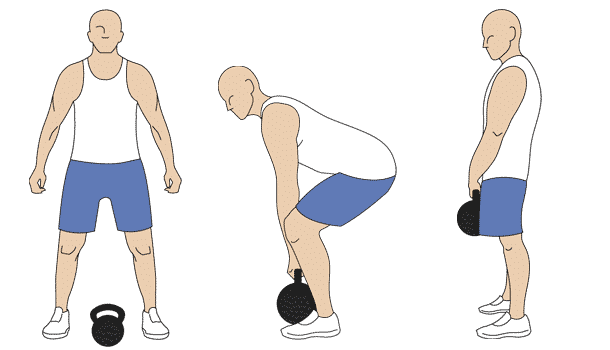
KETTLEBELL DEADLIFT VARIATIONS
Deadlifting with dumbbell and ketlebells are great for several reasons. You should incorporate these into your workouts if you:
• Are coming back from an injury and need to rebuild your lower back strength before performing barbell deadlifts.
• Are going through a “deload phase” of your training to give your muscles and nervous system a bit of a break with something less taxing on the body.
• Are brand new to deadlifts and want to master the mechanics before working with the barbell or trap bar.
Key points:
• Major benefit: Scalable for all levels
• Secondary benefit: Muscle development
• Muscles: Hamstring, glute, quad-dominant variations
• Difficulty: Beginner
There are several ways you can perform deadlifts with kettlebells. Actually, you can perform them the exact same way as you do with barbells, just substitute in kettlebells or dumbbells and practice the same movement mechanics.
WHICH DEADLIFT IS BEST FOR YOU?
First, you should consider what your goal is. Is it to get stronger? Is it to improve in your sport? Is it to just feel better and lose some weight? These are questions you should be asking yourself before getting into any training program, and if you don’t know the answer, that’s fine! Sometimes you find that out along the way.
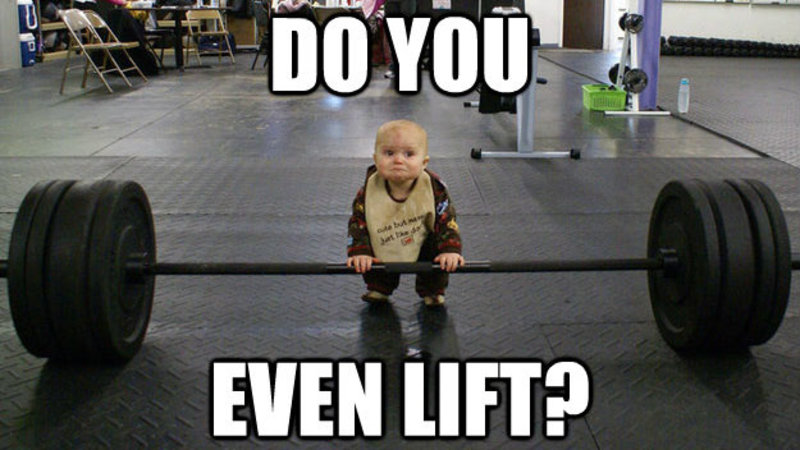
Here are some points to consider when choosing which type of deadlift you should be doing:
• Do you have any current or pre-existing injuries? If so, consult with an athletic therapist or chiropractor before diving into heavy deadlift sessions.
• How is your mobility? Make sure you’re able to get into a good position before loading any inefficient movement patterns. That goes for any exercise.
• Have you performed deadlifts before? If you’re new to deadlifts, you might want to consider mastering the scaled versions before progressing to the barbell. We’ll go over those in detail later.
• Is your goal to gain base level or maximal strength? If you’re efficient at performing deadlifts and your goal is to gain absolute strength, you’re going to have to load either the barbell or trap bar. You won’t be able to progress in maximal strength using dumbbells or kettlebells; the ceiling is too low. If strength is your ultimate goal, the barbell and/or trap bar will be your friend.
• Is your goal to develop muscle? If you don’t give a shit about getting stronger and your goal is to strictly just build muscle, you don’t need to worry about going too heavy with your sets. The deadlift variations best used to develop the supportive muscles (hamstrings, lower back, glutes) are the RDL, stiff legged deadlift, single leg deadlift, and kettlebell/dumbbell deadlift variations. Your reps will range from 6-10 for 3-4 sets as opposed to heavy sets of 1-6 for strength gains.
• Are you an athlete trying to improve in your given sport? If you’re an athlete and you’re trying to get better at your sport, your athletic performance during competition is what matters. What you do in the gym should benefit you during competition and act as a compliment to your sports performance. You don’t want to do a bunch of crazy shit in the gym and fuck yourself up so much you can’t compete. With that being said, I don’t recommend straight bar deadlifting for most athletes. Why? There are tons of safer alternatives that still build maximal strength while putting the spine in a less vulnerable position. The best deadlift variation for athletes, in my opinion, is the trap bar deadlift.
• What kind of equipment do you have available? This is an obvious one but sometimes people overlook it. Do you work out at your condo and don’t have access to a barbell? Do you lift at a commercial gym? Think about what you have at your disposal. If you don’t have access to the necessary equipment, switch gyms, or buy your own stuff.
DIFFERENT BODY TYPES FOR DIFFERENT DEADLIFTS
Firstly, just because your body type might “technically” be better suited for certain variations of the deadlift, does not mean tat you are limited to that one alone. You might be better suited on paper to do sumo deadlifts but find you’re a lot stronger in a conventional stance. No problem. Don’t change anything. Do what works for you. This is merely to give you a better understanding of which set up to use if you’re just starting out and want to get the most out of your deadlifts.
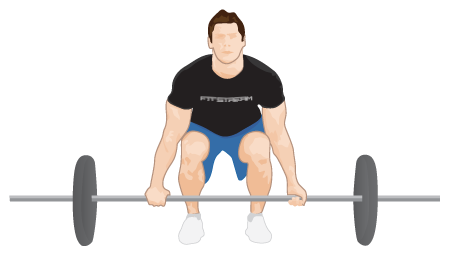
The conventional deadlift is a good choice if you have:
- Short femurs (thighs)
- Long arms
- Strong lower back
- Good hip mobility (flexion, extension)
The sumo deadlift is a good choice if you have:
- Long femurs (thighs)
- Shorter arms
- Strong legs
- Good external hip rotation
In summary…

BONUS: ACCESSORY EXERCISES TO IMPROVE YOUR DEADLIFT
Any questions or comments about this article? Shoot me a message down below!


